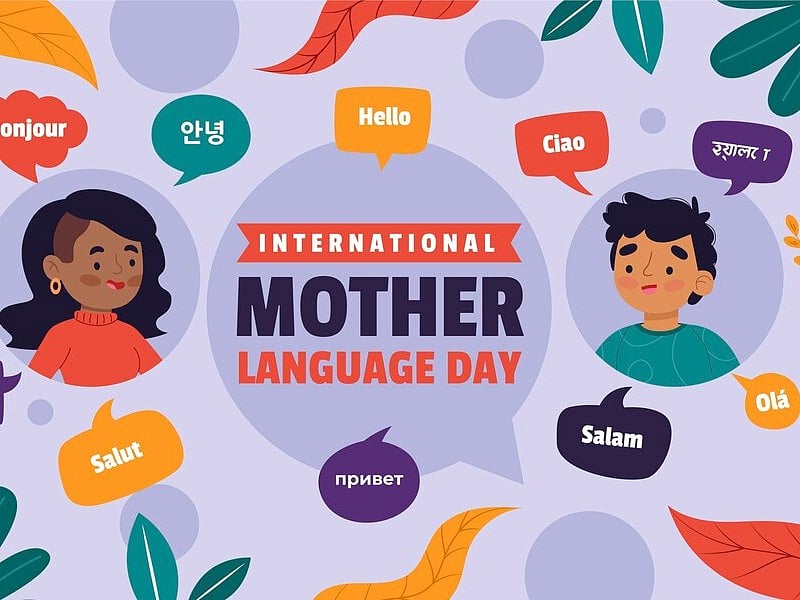By Mofeoluwa Awe
Language is more than just a means of communication, it is the foundation of culture, identity, and emotional connection. Every word carries history, tradition, and meaning unique to the people who speak it. For brands, language is not just about translation, it’s about resonance. It is about understanding that words alone do not sell products, feelings do. A brand that truly speaks the language of its audience does not just market a product, it becomes a trusted voice, a familiar presence, and an extension of the people it serves.
In a world where consumers are more discerning than ever, generic messaging is a death sentence for brands. Gone are the day when businesses could simply craft a one-size-fits-all campaign and expect global appeal. Today’s audiences demand authenticity, and authenticity begins with speaking their language not just literally, but culturally and emotionally.
Consider a global brand entering the Nigerian market but failing to acknowledge the linguistic diversity of Yoruba, Igbo, and Hausa speakers. A message delivered in English may reach a broad audience, but it will not touch hearts the way a well-placed Yoruba proverb, an Igbo idiom, or a Hausa phrase of endearment would. The power of localized language in marketing is undeniable, when consumers hear words that reflect their culture, their values, and their everyday lives, they listen differently. They feel seen, and in that moment, a brand is no longer just a company, it becomes part of their identity.
But language is more than just words, it is also about context, tone, and timing. Many brands have made the mistake of suing direct translations in their marketing, only to find that the message does not land as intended. In 2014, KFC’s famous slogan, “Finger-Lickin Good,” was mistranslated in China to mean, “Eat Your Fingers Off.” Pepsi’s attempt to market itself in Taiwan with the phrase “Come Alive with Pepsi” ended up being understood as “Peps Brings Your Ancestors Back from the Dead.” These blunders are not just humorous, they are cautionary tales.
The most successful brands go beyond direct translation, they embrace cultural nuance. They understand that communication is not just about what is said. When MTN Nigeria launched its “Everywhere You Go” campaign, it did not simply advertise network coverage, it spoke to the spirit of connectivity that Nigerians value deeply. When Apple produced its Chinese New Year short film, it did not just showcase a product, it told a story that resonated with generations of Chinese families.
For brands, speaking the language of their audience means more than using the right words. It means understanding cultural references, social norms, humour, and even body language. It means knowing when silence speaks louder than words and when a simple local greeting can break barriers faster than a million-dollar advertising campaign.
The digital age has made it easier than ever for brands to engage with people in their native languages, but technology alone is not enough. AI can translate, but it cannot feel. Google can provide definitions, but it cannot replicate the lived experience of a culture. True connection requires human insight, emotional intelligence, and a commitment to listening before speaking.
On this International Mother Language Day, brands must ask themselves: Are we just translating words, or are we translating emotions? Are we marketing to our audience, or are we conversing with them? Are we simply selling a product, or are we becoming part of a culture? Because in marketing, as in life, the most powerful words are the ones that make people feel understood.







Comment
No comments found.